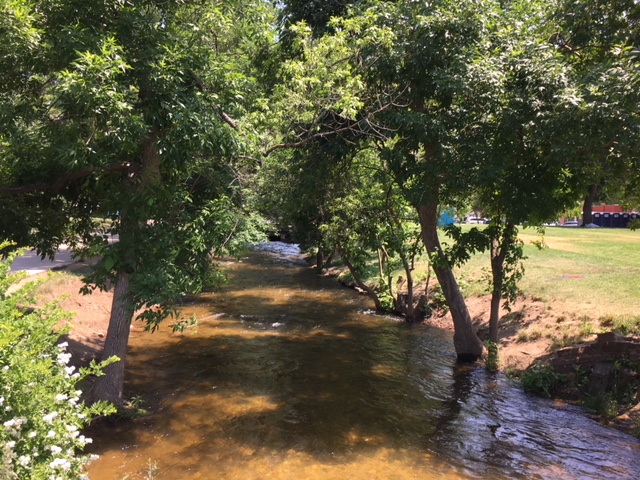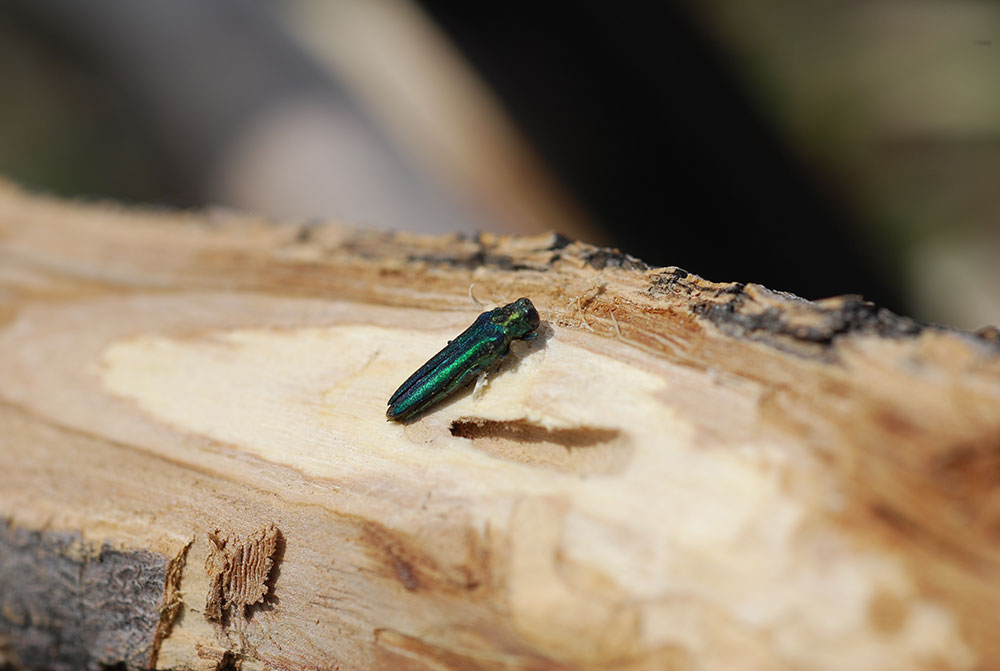172 EAB-infested ash trees to be removed along Boulder Creek
BOULDER, Colo. — One of the most iconic paths in Boulder, Colo. is about to lose one of its greatest features: a vast amount of the trees that shade it from the summer sun.
The City of Boulder Forestry Division announced in June that it would be removing 172 trees along the Boulder Creek Path beginning June 18 and continuing through September. The trees slated to be removed are ash trees that are either dead or dying after having been infested by emerald ash borer (EAB), the most destructive forest pest in U.S. history.
The majority of the ash trees scheduled to be removed along the Boulder Creek Path are under seven inches in diameter, and are located between the 9th and 30th streets. The path itself is about five miles long, and the area where the trees will be removed represents nearly a two-mile stretch of it.
The primary reason for the tree removal, according to the City of Boulder Forestry Division, is to mitigate safety issues caused by the potential for falling limbs from dead and dying ash trees affected by EAB. This move comes just a year after 121 trees were removed from the University of Colorado campus in Boulder for the same reason.


